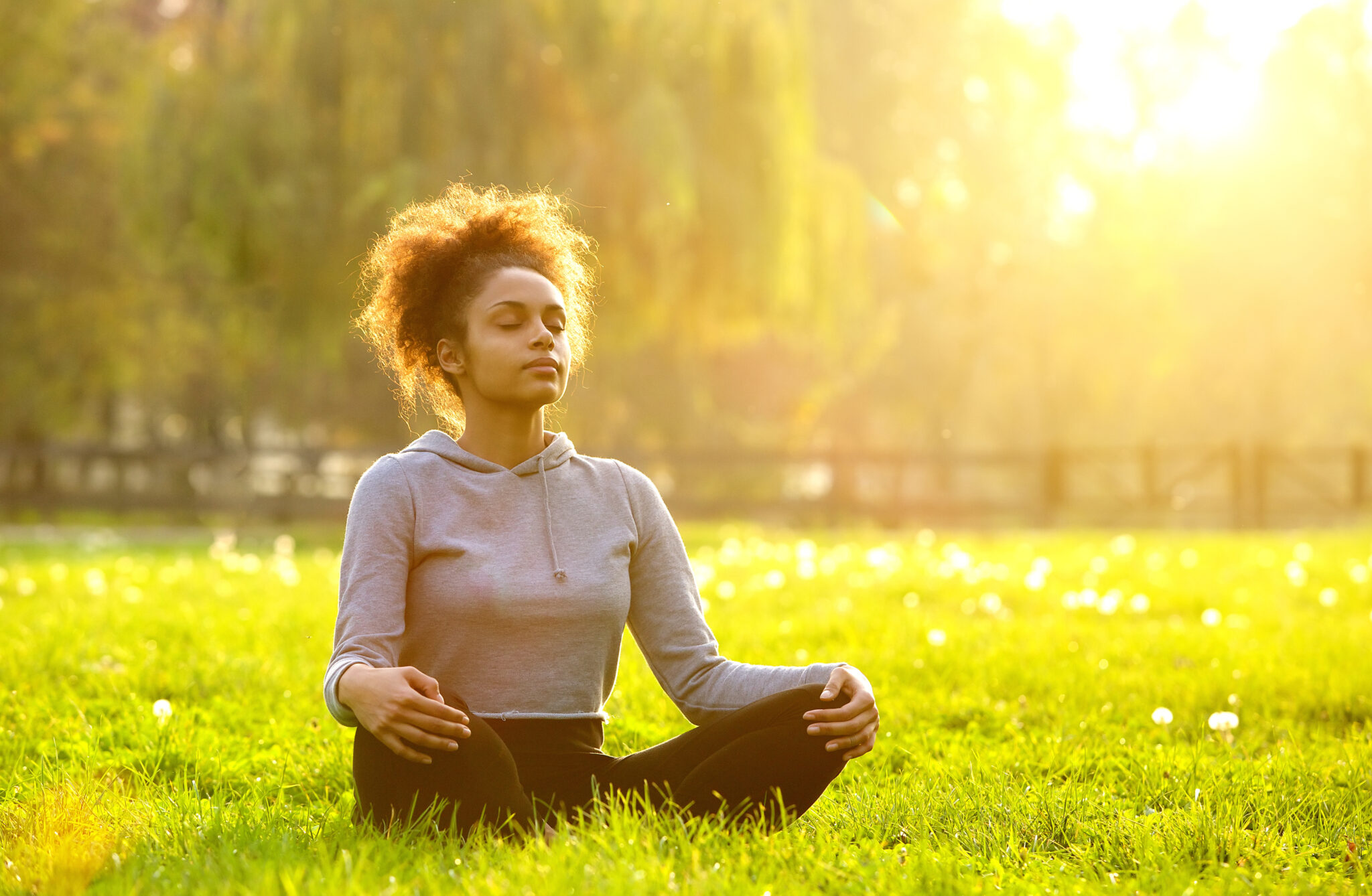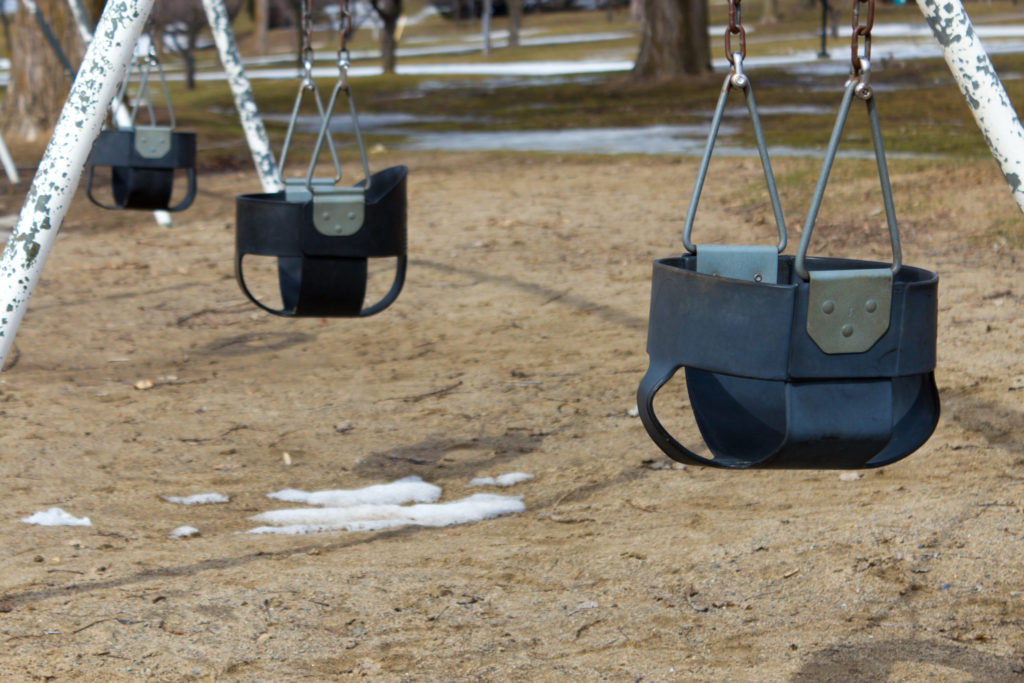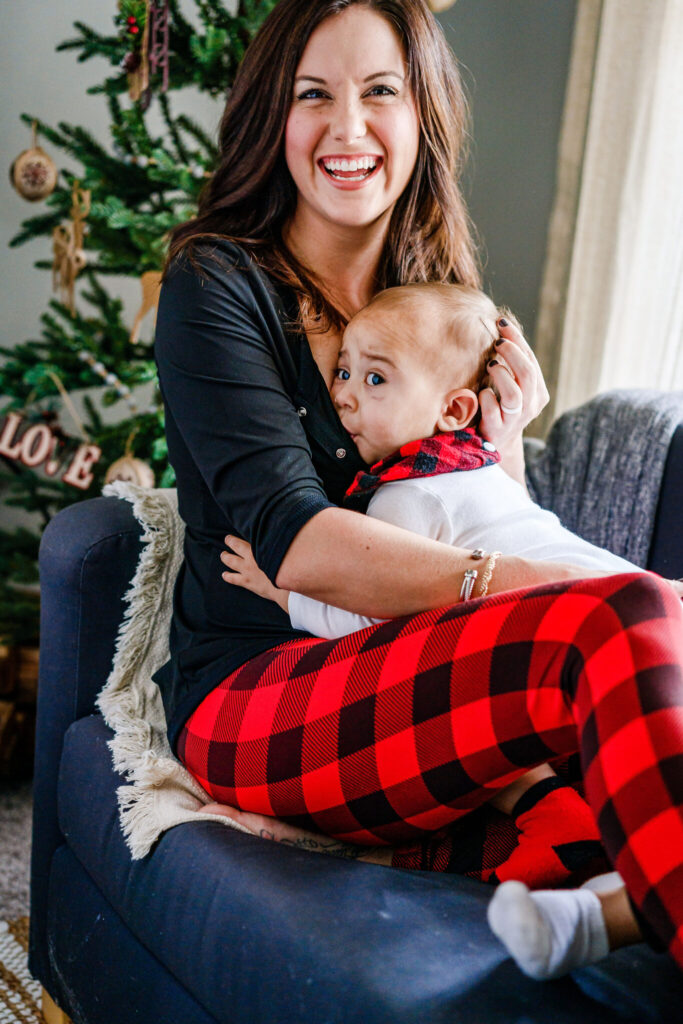 Do you find yourself trying so hard to be happy that you end up missing out on what’s really important in life? Do you feel like there is not enough time in the day to get things done, leading to a constant feeling of stress? Do you yell more than you think you should? Do you struggle with anxiety or depression (or both at the same time, like me?) If you answered yes to any of these questions, you might benefit from mindfulness-based meditation practice.
Do you find yourself trying so hard to be happy that you end up missing out on what’s really important in life? Do you feel like there is not enough time in the day to get things done, leading to a constant feeling of stress? Do you yell more than you think you should? Do you struggle with anxiety or depression (or both at the same time, like me?) If you answered yes to any of these questions, you might benefit from mindfulness-based meditation practice.
You might be rolling your eyes right now. That was me, too. I had heard about meditation countless times and brushed it off as some “woo-woo”. I did not have time to sit around and think or relax. This all changed, however, when my low-level anxiousness became a full blown anxiety disorder a few years ago. It got so bad that it started affecting every aspect of my life, including how I interacted with my children. My anxiety manifests as irritability, anger, and a constant feeling of being overstimulated. That was not the kind of mother I wanted to be! I tried all the right things; medication, therapy, exercise, eating right. All of that helped, but I still wasn’t anywhere close to where I wanted to be. After some time, I noticed my kids starting to pick up some of my anxious behaviors themselves. That was the last straw for me. I’m a protective mama bear just like most mothers, and in this instance, I needed to protect them from myself.
I started researching anxiety disorders, what causes them, and how to help alleviate them. I came across a lot of studies showing that meditation changes the brain and can reverse anxiety and depression. These were studies done by scientists with MRI’s and real people. It was definitely not “woo-woo”.
I started with an 8-week program written by two of the doctors I’d come across in my research. The core of the program, the meditation practice, quickly became a daily mini vacation that I now look forward to. I noticed even within the first week that I suddenly had a couple extra seconds, a “pause” of sorts, before I got so overstimulated that I yelled at my kids to quiet down. It gave me time for my rational brain to kick in and quiet down the primitive, anxiety-driven side of my brain. I was able to observe my thoughts, almost like an outsider, and decide which thoughts I wanted to act on and which ones I didn’t. Later on in the program, I noticed that I had a lot more patience, in general, and that most of the rowdy noises didn’t even bother me anymore. Compassion for my kids and myself grew. Time seemed to slow down, likely because I had learned how to be more aware and present in each moment, without simultaneously worrying about all the other things I needed to get done. I could sit down with my toddler to read her a book and truly be there. Or in the evening when I’m brushing my oldest girl’s hair, and noticing how the light hits the brown and makes it look like amber. Those little moments where I used to be content, but on autopilot, became absolutely exquisite and wonderful. This all created a ripple effect that made me a much happier person, able to enjoy life again, and really put a dent in the mom guilt.
Over time, I was able to examine my life with new eyes and saw that I was requiring entirely too much of myself. I was over-committed and under-rested to the max. “Anyone would be anxious if they tried to live like this!” I said to myself one day. Since then, I’ve made some lifestyle changes and continue with my daily mindfulness practices. For the first time in years, I can say with confidence that I am free from depression. The anxiety is still a work-in-progress, but I have made huge, life-changing strides and I know I have the tools to continue improving and kick it for good. Improving my own mental health is one of the best gifts I’ve ever given my kids (and myself), and I’m going to keep it up.
Want a sneak peak into mindfulness meditation? Try this 5 minute routine during naptime or even a sleepy nursing session:
5 Minute Mindful Moment:
Read this first and then set a timer for 5 minutes.
Find a comfortable place to sit or lay down, and close your eyes. Notice the pressure and sensation where your body is supported by the chair or bed. Take a moment to notice how this feels on your legs, and then your back, and then your arms. There’s no need to analyze any sensations, just notice them. Think of sensations as clouds floating by in the sky, drifting in and out. Thoughts and feelings, the same way, can be allowed to float by in our minds. We can just notice them, like clouds, and don’t necessarily need to engage with them. Take a few moments of quiet, just noticing and not engaging. Notice your breath; the sound and how it moves your body. Spend the rest of the time noticing your breath. In and out. Grounding you. Always there.




Leave a Reply